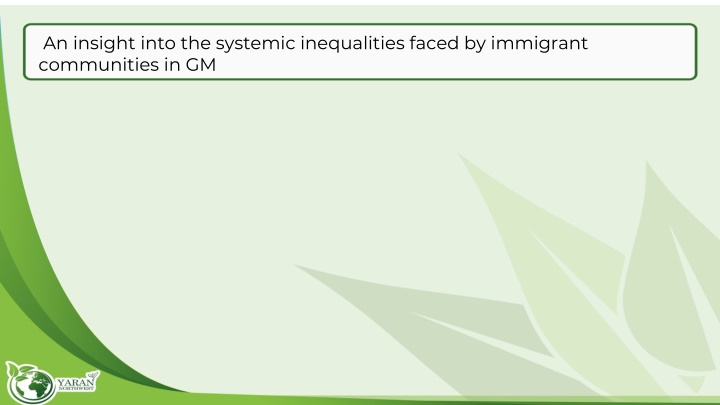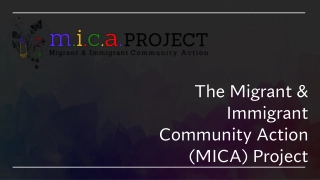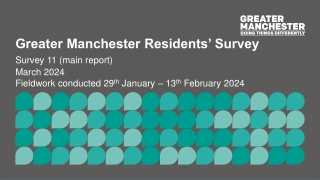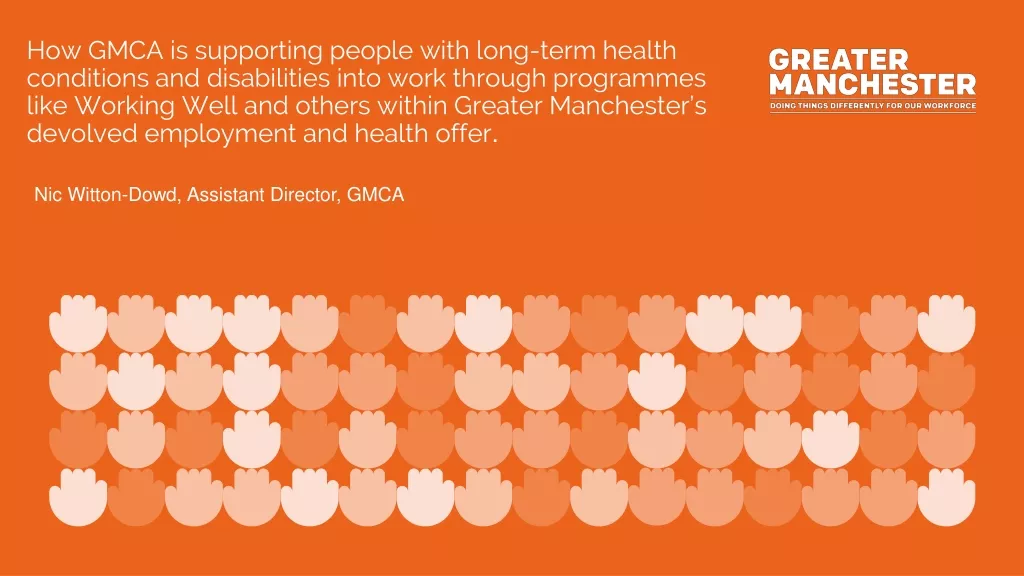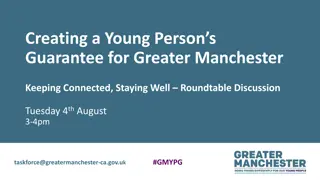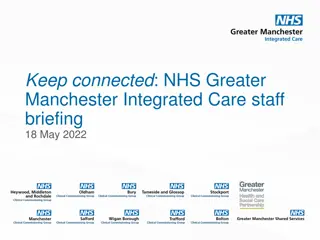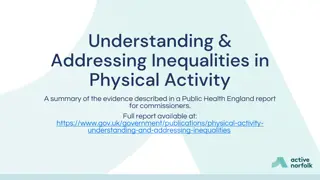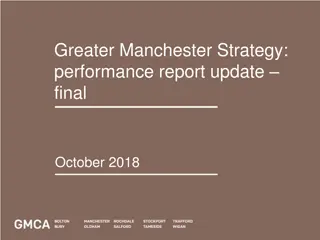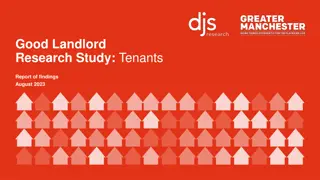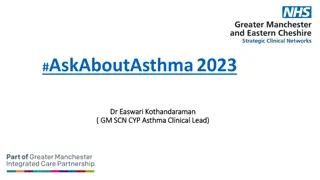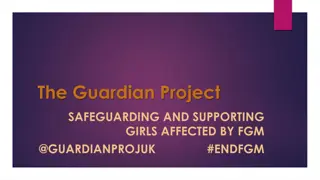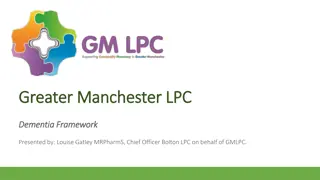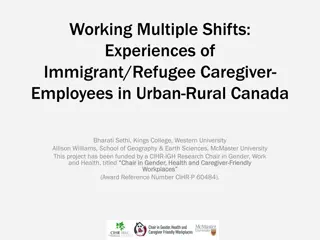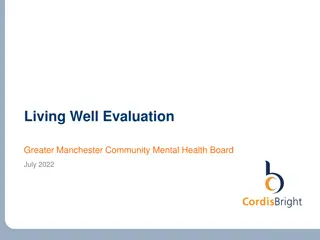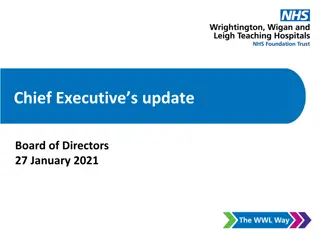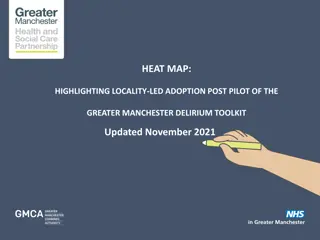Systemic Inequalities Faced by Immigrant Communities in Greater Manchester
Gain insight into the systemic inequalities faced by immigrant communities in Greater Manchester, including definitions of refugees and asylum seekers, a snapshot of refugee and migrant communities in Manchester, the Iranian diaspora in the UK, global migrant statistics, and common health issues faced by immigrant communities in GM.
Download Presentation

Please find below an Image/Link to download the presentation.
The content on the website is provided AS IS for your information and personal use only. It may not be sold, licensed, or shared on other websites without obtaining consent from the author.If you encounter any issues during the download, it is possible that the publisher has removed the file from their server.
You are allowed to download the files provided on this website for personal or commercial use, subject to the condition that they are used lawfully. All files are the property of their respective owners.
The content on the website is provided AS IS for your information and personal use only. It may not be sold, licensed, or shared on other websites without obtaining consent from the author.
E N D
Presentation Transcript
An insight into the systemic inequalities faced by immigrant communities in GM
Definitions Nothing can bring you peace but yourself Definitions Refugee: a person who owing to a well-founded fear of being persecuted for reasons of race, religion, nationality, membership of a particular social group, or political opinion, is outside the country of his nationality, and is unable to or, owing to such fear, is unwilling to avail himself of the protection of that country (Definition quoted from the 1951 Refugee Convention) Asylum Seeker: someone who has lodged an application for protection on the basis of the Refugee Convention or Article 3 of the European Convention of Human Rights Source: Refugee Council (https://www.refugeecouncil.org.uk/glossary)
The Manchester Picture Some of the newer, larger refugee and migrant communities in Manchester include: Eritrean community Roma community Kurdish (Iran & Iraq) community Francophone African community Anglophone African (Zimbabwean) community Syrian community Somali community
THE IRANIAN DIASPORA IN THE UK Iranians are a relatively small proportion of immigrants into the UK. In the 7 censuses the UK has conducted since 1951, Iran has never appeared in the top ten non-UK countries of birth. According to the 2011 Census the Iranian-born population living in the UK amounted to 1.1% of all non-UK born 82,000 individuals. 2 peaks associated with their migration to the UK: The first peak was largely a result of the Iranian revolution, and 16% of the Iranian- born residents in 2011 had arrived between 1971-1980. A second peak can be identified in the 1990s, when 22% of Iranian born residents in 2011 arrived. Their arrival followed the end of the Iran-Iraq war in 1990.
Migrants Statistics An estimated 65 million people throughout the world have been forced to flee their homes due to conflict and persecution, creating more than 22 million refugees worldwide. With the top five countries of origin being Iran, Pakistan, Iraq, Afghanistan and Bangladesh. North West Statistics In September 2020, there were a total of 9541 asylum seekers placed in dispersed accommodation located in the North West. The following graph shows the distribution by sub- region.
Common health issues faced by immigrants communities in GM poor awareness of how the NHS operates, barriers to treatment resulting in delay accessing care. Physical health Injuries, impairment or disabilities resulting from war, torture and /or trauma from the migration journey, Acute conditions such as respiratory infections. Chronic conditions, undiagnosed or untreated conditions such as diabetes or cardiovascular disease, smoking. Malnutrition and vitamin deficiencies, Dental care. Women and maternity Men s health Children and young people Torture Determinants of health and wellbeing Accessing Healthcare Unaccompanied Asylum Seeking Children (UASC)
Common Mental health issues faced by immigrant Depression Financial issues Loss Long term health condition Anxiety Loneliness/Isolation Physical health Out of control Stress Lack of sleep
What would we like to achieve? Ensuring appropriate access to primary healthcare for new entrants to Manchester will address a number of the strategic priorities of the Health and Wellbeing Board including: Strategy 1: Educating, informing and involving the community in improving their own health and wellbeing, social prescribing model Strategy 2: Moving more health provision into the community to increase access to healthcare for this vulnerable population, health promotions, interpreting, mental health support, advocacy. Strategy 3: Providing the best treatment we can to people in the right place and at the right time, patient centred service, Strategy 4: Improving people s mental health and wellbeing Strategy 5:Working in collaboration with the third sector and increasing staff education
